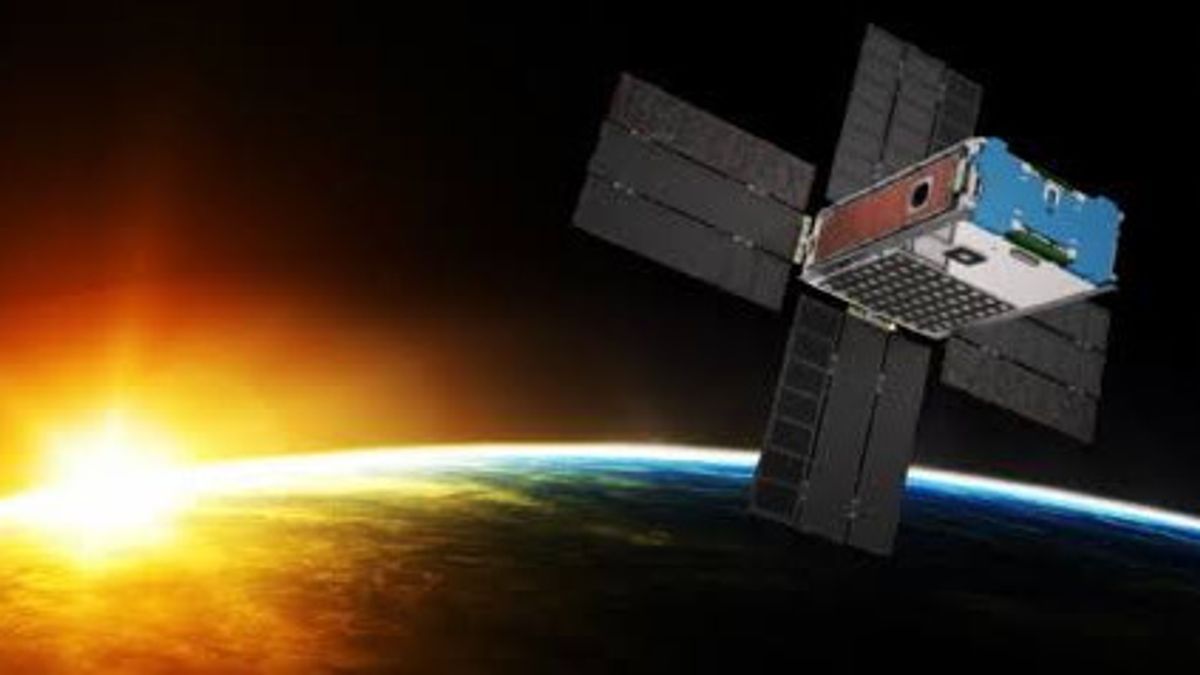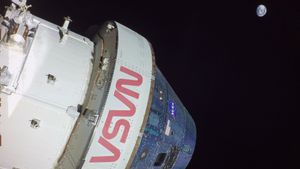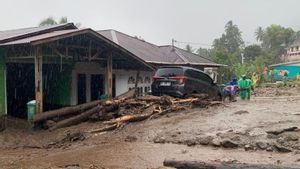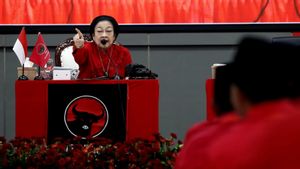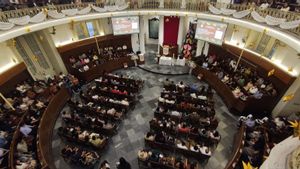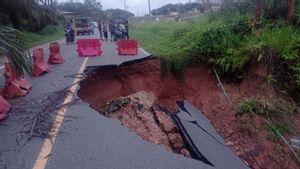JAKARTA - After flying past the Moon, a shoebox-sized satellite or commonly nicknamed CubeSat, BioSentinel is now ready to begin space biology experiments.
The BioSentinel CubeSat launched with the Artemis I mission on November 16. He is one of 10 CubeSats aboard the Orion spacecraft.
By launching BioSentinel, NASA's goal is to generate new knowledge about the potential health risks posed by long-duration manned missions to space.
Despite its diminutive size of 13 kilograms, the BioSentinel CubeSat made a successful flyby of the Moon on November 22, passing as close as 250 miles above the lunar surface.
BioSentinel brought in two types of yeast, with the aim of studying how the harmful radiation environment in outer space affects and destroys human genetic material.
Of the two yeasts, one of them is a yeast commonly found in nature, while the other was chosen because of the difficulty of repairing its DNA. NASA uses yeast because it claims to have similarities to human cells.
Yeast was chosen because it is well researched and repairs its DNA in a way similar to the way the human body repairs its genetic material.
VOIR éGALEMENT:
Citing Space, Monday, November 28, researchers at NASA's Ames Research Center in California, United States (USA), want to use this data to find solutions that can help human explorers on long-term missions to the Moon, Mars, and possibly even further. .
This research began when astronauts living on the International Space Station (ISS) experienced a much harsher radiation environment than on Earth. But they are also protected by Earth's magnetosphere from much of the radiation passing through space that can damage their DNA.
To begin research, BioSentinel will point solar panels at the Sun and recharge the batteries. Experiments are expected to start next month.
"We were excited to see how the yeast worked after the experiment started and we received our first data downlink from the spacecraft," said BioSentinel project manager at NASA Ames, Matt Napoli.
The English, Chinese, Japanese, Arabic, and French versions are automatically generated by the AI. So there may still be inaccuracies in translating, please always see Indonesian as our main language. (system supported by DigitalSiber.id)
